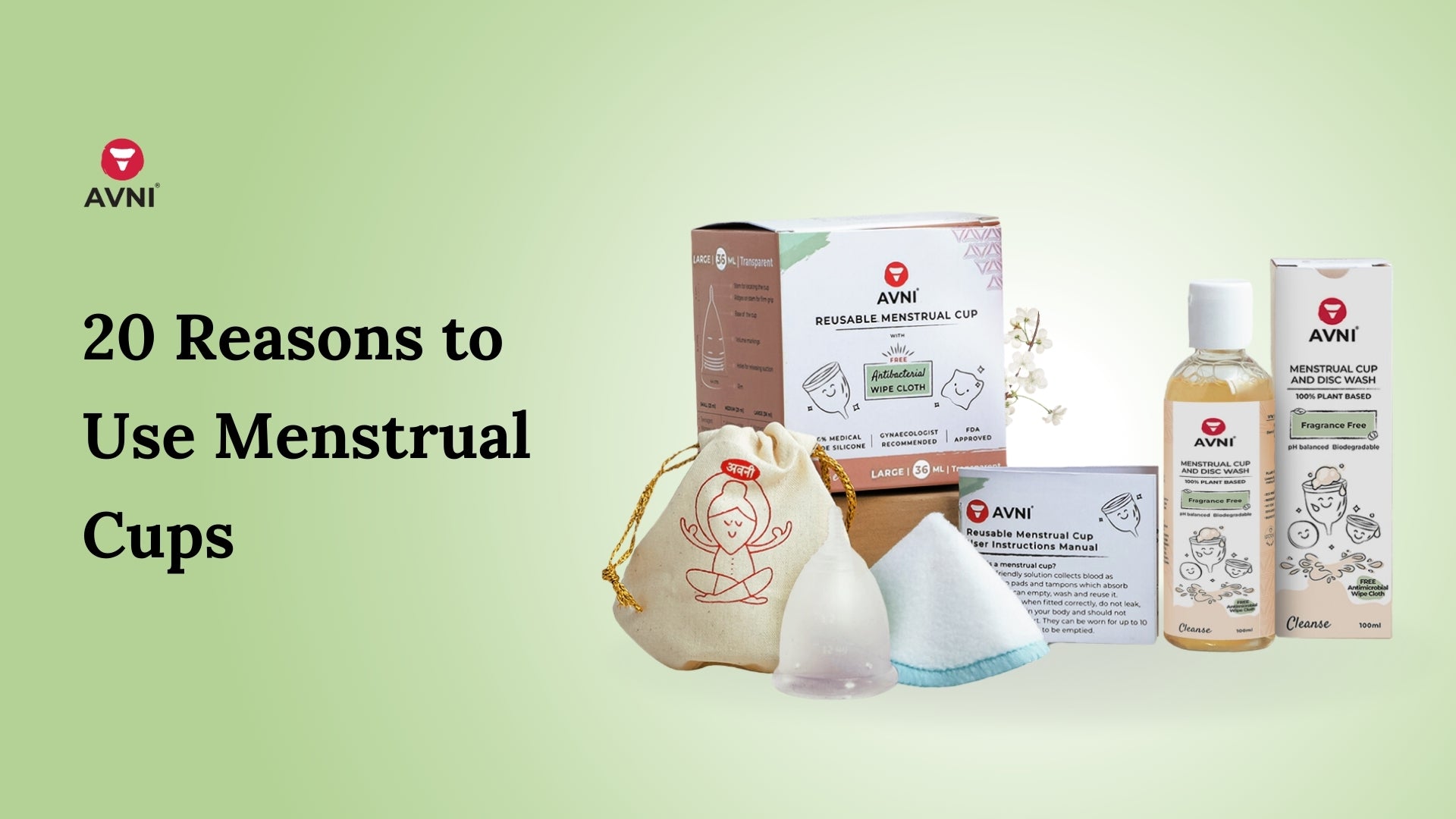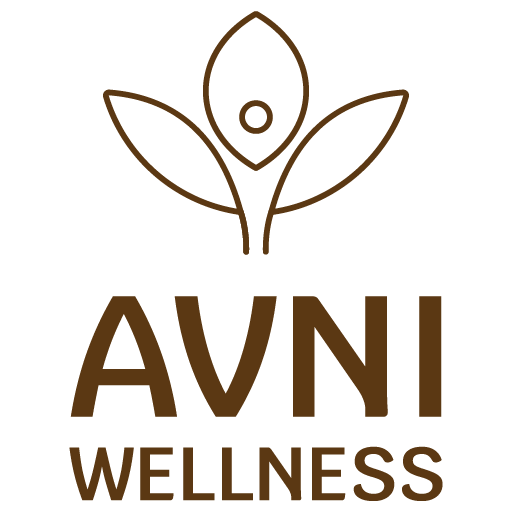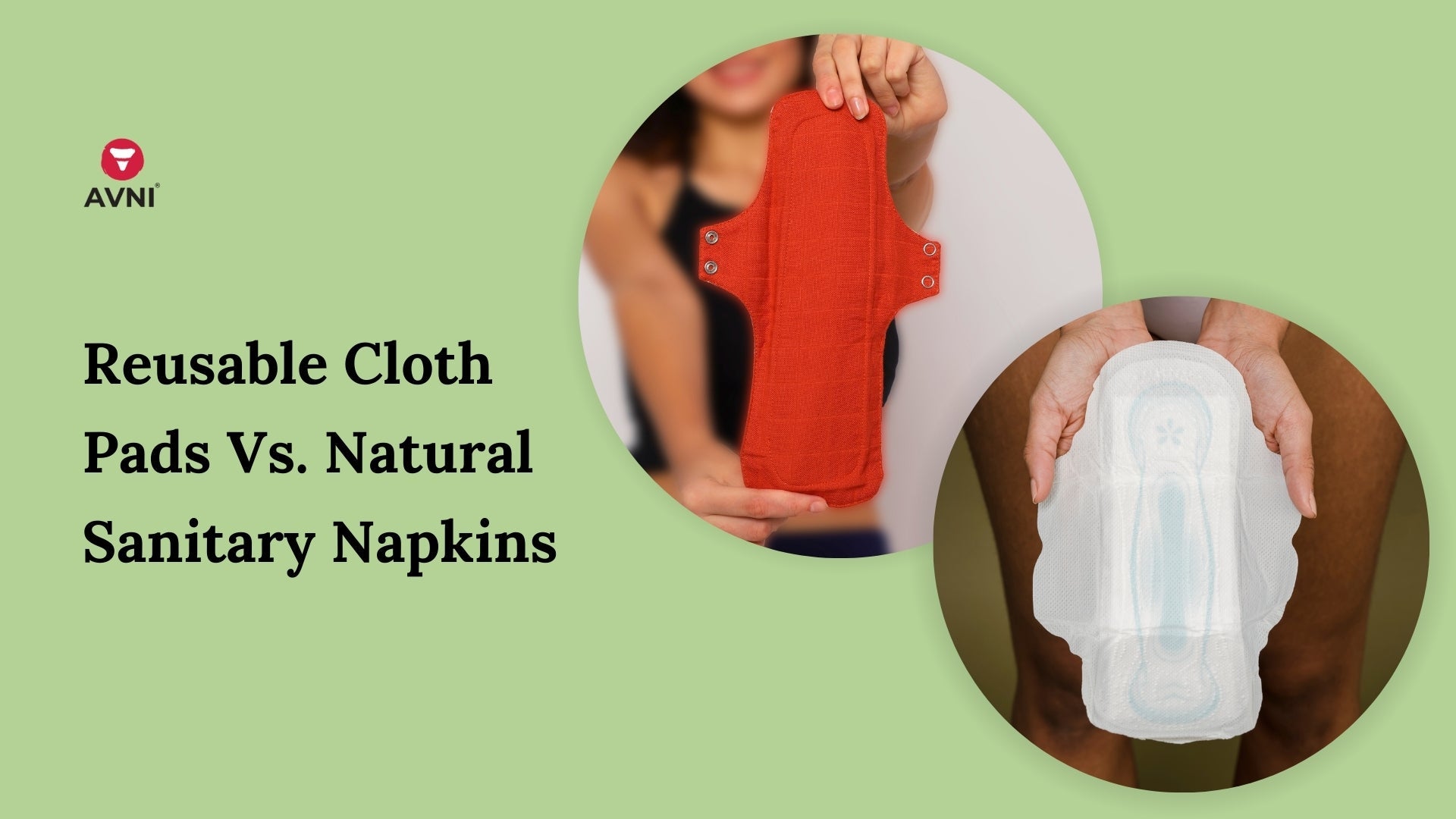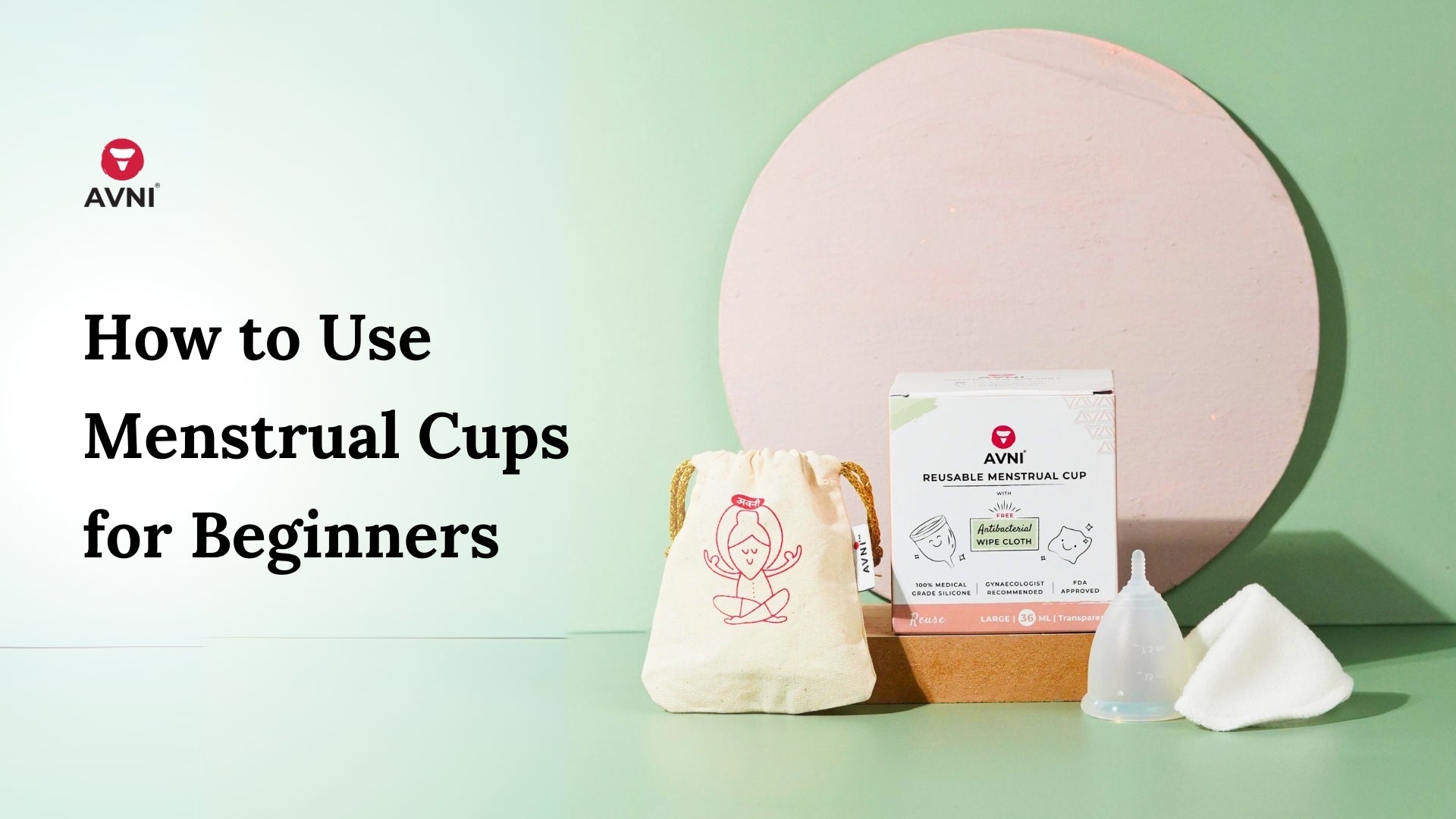
20 Reasons to Use Menstrual Cups
Did you know that approximately 1.9 billion women, or 22 percent of the global population, are of menstrual age? Adolescents and women spend an average of 65 days per year caring for their menstrual health. Although it was initially speculated, it has now been proven that menstrual cups are just as hygienic as disposable tampons and pads or sometimes more.
A revolutionary solution for feminine care aisle
Researchers investigated the grey areas by comparing cups to existing menstrual management products. They compared various MHM products side by side using hygiene, leakage potential, and social acceptability as yardsticks.
When the study was finished, there was enough evidence to support the use of menstrual cups. They collected more blood and required a change only after 12 hours. This, combined with reusability, positions the cup as a better choice in practice.
According to Christine Metz, director of research at North Shore University Hospital in Manhasset, New York, study participants were optimistic about using menstrual cups and were hesitant to switch to other MHM products.
The study recommends using a menstrual cup because it meets all comfort and hygiene standards.
Let’s deep dive to reckon menstrual health problems women face
Menstrual health issues are associated with low school attendance and intermittent leave from work. The need for more durable and cost-effective sanitary products cannot be overlooked because it is the key to resolving issues such as coercion and sexual violence.
Another emerging issue affecting women and girls in low and middle-income countries is 'period poverty.' As a result, menstrual cup awareness is critical for policymakers to lobby for cost-effective sanitary products in menstrual health programs.
The issue is not limited to taboo mindsets on the female body; there are gaps in how awareness is conducted as well. According to the study's findings, only 30% of women's menstrual health websites promoted cups. This is blatant ignorance that must be addressed immediately.
Researchers agree that menstrual cup use can have negative effects, but only when used indiscriminately. Toxic shock syndrome occurs in women who ignore warning signs. This effect can be reduced by following the manufacturer's instructions and changing within a safe length of time. Women who use an intrauterine device(IUD) must also be extra cautious to avoid dislodging the contraceptive.
Because of misconceptions, menstrual cups do not need to be shunned for their internal placement. Internal menstrual products are only effective at extending change times and maximising sanitary product savings. They are also less leaky when compared to pads or tampons.
Myths that shroud menstrual cup and menses
Adopting a menstrual cup is extremely difficult while Asian women are still bound by socio-cultural taboos. Women feel that societal morals that regard menstruation as an embarrassment have been imprinted on their lives. They are expected to keep their menstrual health private. Such spurious standards lead to alienation and unwelcome hysteria.
Let's normalise periods and accept that menstrual hygiene is a dirty business (literally). All superfluous opinions should be flushed out.
"Why villainise something that is critical for women's reproductive health?" This is a topic that should be debated openly.
Menstrual cups are a positive drift toward better reproductive health because they are essential for empowering women from both urban and rural backgrounds. You may feel squeamish the first time you insert the cup into downstairs anatomy. A little extra practice, on the other hand, makes it easier to keep up with change.
What can menstrual cups do that menstrual pads cannot?
Apart from being a tool for eradicating taboos, they will not account for clogged rivers or the deaths of ocean mammals. Menstrual cups are biodegradable and do not pose a threat to the environment.
Menstrual cups are praiseworthy, but how well do you know the product?
Menstrual cups will turn a century in a couple more years. Yet, it is alienated and longs to become a household solution for period management. The majority of adolescents and women are unaware of how far disposable tampons and pads are from cups.
Menstrual cups made of BPA-free rubber or food-grade silicone are now the gold standards. As an FDA-approved product, there is compelling evidence that they do not harm vaginal flora.
The right-sized menstrual cup, designed for a perfect anatomical fit, can go 12 hours without being readjusted. Following insertion, the conical structure creates a vacuum seal, separating fluids from the outside. Leaks will be at the bottom of everyone's list of concerns from the start.
Enough with titbits, let’s take a closer look at its physical properties
Silicone has the tolerances of a wonder material due to its high tear strength and shape retention ability at boiling temperatures. The same material is also used to make toddler
cups. Needless to say, anything that is safer for babies should also be safer for adult women, according to menstrual health experts.
Here’s how silicone moulded into menstrual cups work
If you look through the wide opening of a menstrual cup, you'll notice that it looks like a small funnel, but with a closed-end and a small protruding string of silicone dangling on the outside. The majority of fluid collects at the closed end until it can be safely disposed of.
The menstrual cup functions by resting flush against the narrow end of the vaginal canal. There is no room for leakage if the sealing is airtight. Intelligent design will astound you with its simplicity.
The conical base collects more fluid than even the largest tampon can soak. Furthermore, they are more useful for a long period of time than wanting a change after only a few hours of use.
17 reasons why the menstrual cup is a period nirvana

1. Cost-effective
Consider how much money you will save by using menstrual cups. Silicone menstrual cups are popular due to their reusability. A little extra care during and after use can extend the lifespan by 12 years. Menstrual cups can be ordered in India for as little as INR 200 and will faithfully serve you for years. A cup will easily pay for itself, whereas tampons and pads will quickly empty wallets.
Countless women have testified to the cost-saving advantages of menstrual cups. A study conducted in Kenya discovered that sanitary pads cost a whopping $22,420 per 1000 girls, while annual estimates were only $2,730 to afford the same number of menstrual cups. The cost-effectiveness analysis was based on the effects on health and education. Menstrual cupsare clearly winning on all fronts.
2. Odourless and leak-free
When it comes to vaginal scent, more than 65 percent of women are insecure when it doesn't smell right. While menstrual pads and tampons are known to increase odor, a menstrual cup eliminates odour. You'll never have to explain 'the smell' again or feel embarrassed. Menstrual cups are also extremely leak-proof. They remain sealed until the collapsed base devacuums them. Can we make the same promise for pads? (Insert snide grin)
3. Ditch the pad and save more
Menstrual cups, as previously stated, are environmentally friendly. We'll also explain how. Menstrual cups do not contain plastic or non-biodegradable materials, which are 'often referred to as a problem' by environmentalists. They aren't commonly found in landfills because they don't have to be discarded after each use.
Pads, on the other hand, spread disease and become biohazards if not properly disposed of. With large corporations going to great lengths to keep pad demand warm, the change is long overdue. “Switch to pads and more money stays with you every year”
4. Long-lasting
Attention: Unique selling point! Menstrual cups outlast the majority of their competitors. Reusing menstrual cups saves more money per year. After years of dependable service, some women swear by their cups. With proper care, cups can last for 8 years or more.
It would be unfair to compare pads to cups directly because the former (by design) lasts only a few hours before your tingling senses prompt you to change them. Using any pad after 4 hours is equivalent to pinching the fire and hoping not to burn a finger.
5. Chemical-free
A healthy pH balance within the vaginal cavity is critical for reproductive health. Infectious bacteria are introduced by unsanitary objects. Manufacturers of menstrual cups take great care to use skin-friendly materials that do not disrupt normal pH levels or cause rashes. BPA, plastic, and dye are no longer used in the production of modern menstrual cups for sanitary reasons. Instead, due to its hypoallergenic properties, 100% medical-grade silicon is the preferred material. Because no chemicals are released, your vaginal flora remains healthy, as it should.
6. Can sleep in your birthday suit Do you dislike dressing up in your pyjamas at bedtime?
Forget about them during your periods, as well as your fear of staining the sheets. The cup will not be dislodged easily with a sure-seal, even if you are a sleep gymnast. The problem with pads is that blood always oozes off the side. When this happens, not everyone can control their cringe.
7. Deletes dangling strings
If you've ever used a tampon, you'll know that strings are an unavoidable accessory. Except that they are unsightly and frequently obstruct bathroom trips. The disgust at pee-soaked string is a real issue that women are hesitant to discuss. Many people would give anything to have an alternative internal feminine hygiene product that does not require the use of strings. The menstrual cup has arrived. As the saying goes, modern problems necessitate modern solutions.
8. Be sporty, be you
Every sports fan believes that pads and tampons are a hindrance to their aspirations. Any sport that requires limbs to be stretched or flung around objects would cause an increase in heart rate and panic hormones. Many athletes become self-conscious while wearing pads because they are afraid that they will need to be adjusted in the middle of an activity, or worse, in full view of spectators. Periods were once used as an excuse to avoid participating in outdoor activities. Today, however, women feel unshackled because menstrual cups are discreet and remain leak-proof whether their feet are planted or facing skywards.
9. Outdoor women’s best friend
Some argue that periods and travel plans do not mix. Not any longer! Carrying tampons and pads on a week-long trip to remote locations is now a thing of the past. If hygiene is a top priority, ditch the pad and tampon no matter where you go. As a traveler, you not only pollute the environment, but you also spend more than you should. It's counter-intuitive to continue ignoring the benefits of a menstrual cup. During a bloody adventure, keep this mantra in mind: use, wash and reuse.
10. Low risk of Toxic Shock Syndrome (TSS)
TSS is a symptom that some napkin and pad users have experienced. If help is delayed, it has the potential to be fatal. Tampon and pad packs, like cigar packs, include warning messages and guidelines for avoiding TSS. Women in the high-risk group are those who disregard the instructions and safety procedures that must be followed when inserting cups.
11. Reusable and comfortable
The five simple steps to use menstrual cups.
Step 1: Boil the cup before use
Step 2: Insert into the vaginal canal and rotate to seal
Step 3: Push the base to release the vacuum
Step 3: Remove and discard clot
Step 4: Sterilise with steam or cleaner and repeat step 2.
When you carefully follow these steps, you will reduce the likelihood of leaks, discomfort, and infections. Menstrual cups are far superior in terms of ingenuity and are far more user-friendly. They take about the same amount of time to wear as a pad or tampon but can be reused numerous times.
12. Dry vagina is the thing of past
Tampons may absorb blood and other fluids more quickly, but they also cause vaginal thrush. A condition in which your pH levels are no longer in the normal range. Soreness is a secondary symptom. Aside from that, extracting the leftover residual fibre can be a painful experience. If you bleed a lot and change tampons frequently, your vagina will have micro lacerations from friction. If not addressed early on, these could become infectious. In addition, fragranced tampons and pads are solely to blame for the high rate of allergies and rashes in menstruating women.
13. Locks away more than menses
Women's vaginas secrete syrupy fluid in their heat. Its role as a lubricant in the region enhances sexual experiences. Tampons absorb extra fluid along with the menstrual flow because they are fast-absorbing. As a result, women have a rougher experience during intercourse. Menstrual cups, on the other hand, do not dilate the vaginal structure after each use.
14. Catch everything small or big
Menstrual cups aren't just for days when you're having a lot of menstrual flow. They are perfectly shaped to accommodate the light flow. Tampons, which are reluctantly worn during and after periods to absorb the residual flow, are disliked by some women. They can switch to menstrual cups and eliminate all worries because the cups are versatile enough to handle both heavy and light flow. However, we caution you against using it regularly. It is only intended to keep your undergarments dry when you are required to be outside.
15. Plan B for surprises
Don't take chances if you can't predict the start of your period. Put on the menstrual cup and let it deal with the flow, even if it is a day or two late. Our advice is to remove the cup if you suspect delays of more than 24 hours. The cups are not intended to be worn permanently and should not be left in for more than 12 hours.
16. A better way to understand your body is through menstrual cups
Menstruation is unavoidable and is an essential component of a healthy woman's lifestyle. Switch to menstrual cups to better understand the process and have a more enriching experience every time. Unlike tampons and pads, which cause anxiety in the wearer, cups are a 'wear and forget' MHM product. If you're the analytical type, the cup will show menstruation as it is without contaminating the content. Its colour and texture will disclose more reproductive health information than any tampon or pad in the past.
17. Supports smaller entrepreneurs
The majority of menstrual health products are owned by a megacorporation. So it's time to empower smaller entrepreneurs whose causes include better menstrual hygiene and environmental protection. Furthermore, a sizable portion of menstrual cup brands is now owned by women. It's a way to empower them by supporting their businesses. It is in the collective interest of women to drive innovation in intimate hygiene while also rescuing a larger population that is mired in period poverty.
The takeaway
More women need to use menstrual cups, as many rural women are still stuck in the dark ages, clinging to old and orthodox methods of menstrual management. The lack of awareness has exacerbated their difficulties to the point where balancing health and societal taboo is an additional impediment.
The first step toward empowerment is to make menstruation an open topic of conversation, and the second is to support the use of menstrual cups instead of loincloths, pads, or tampons. The awareness campaigns and consultations should focus on teaching women how to use the product correctly in order to reap the long-term benefits. The more mileage such programs have, the higher the adoption rates.
FAQs
What are the pros and cons of a menstrual cup?
A: There are far more reasons to support menstrual cups than to be discouraged by their disadvantages. They are environmentally friendly, save money, improve menstrual hygiene, trap odour, prevent pH imbalance, and last longer. The few drawbacks are the longer insertion time, the hands-on cleaning experience (which is not for everyone), and the slight risk of Toxic Shock Syndrome (TSS).
Are menstrual cups really better?
A: Sanitary pads and tampons are cruel to nature, causing man-made disasters to the terrain where they are discarded as well as ocean life. They contain harmful fragrances, chemicals, and plastics that are detrimental to the wearer. Menstrual cups simply solve all of these problems by using eco-friendly and skin-friendly recyclable materials all in a simple design. They are superior because they have a higher fluid containment capacity, longer change times, and are more discreet when in use.
Can you sleep wearing a menstrual cup?
A: If you want to stop waking up in the middle of the night to check for stains, you should switch to menstrual cups. They last longer than 4 hours, which is the average soaking time for pads and tampons and can last up to 12 hours at a time. Neither your sleep nor your peace of mind should be jeopardised. During REM sleep, the cup also adjusts to body rolls and movement. The flexible material is leak-proof and prevents dislodgement in the middle of the night.
Is it safe to use a menstrual cup?
A: Menstrual cups have been subjected to lab and real-world tests, with the results indicating that they are currently the MHM product standards. The cups are gentle on the skin and do not interfere with reproductive health. They collect and store menstrual fluid until it can be safely discharged. They can be used by adolescents, unmarried women, and women who have given birth. Simply choose the appropriate size for a perfect fit.
What is a menstrual cup made of?
A: The majority of menstrual cups on the market are made of food-grade rubber or 100% silicone. Both materials are FDA-approved and have been tested for resistance to tear and stretch forces. They can also withstand high-temperature boiling without losing structural form or strength. Menstrual cups can be lubricated with water-based lubricants, but petroleum products should be avoided as lubricants.



Leave a comment
This site is protected by hCaptcha and the hCaptcha Privacy Policy and Terms of Service apply.